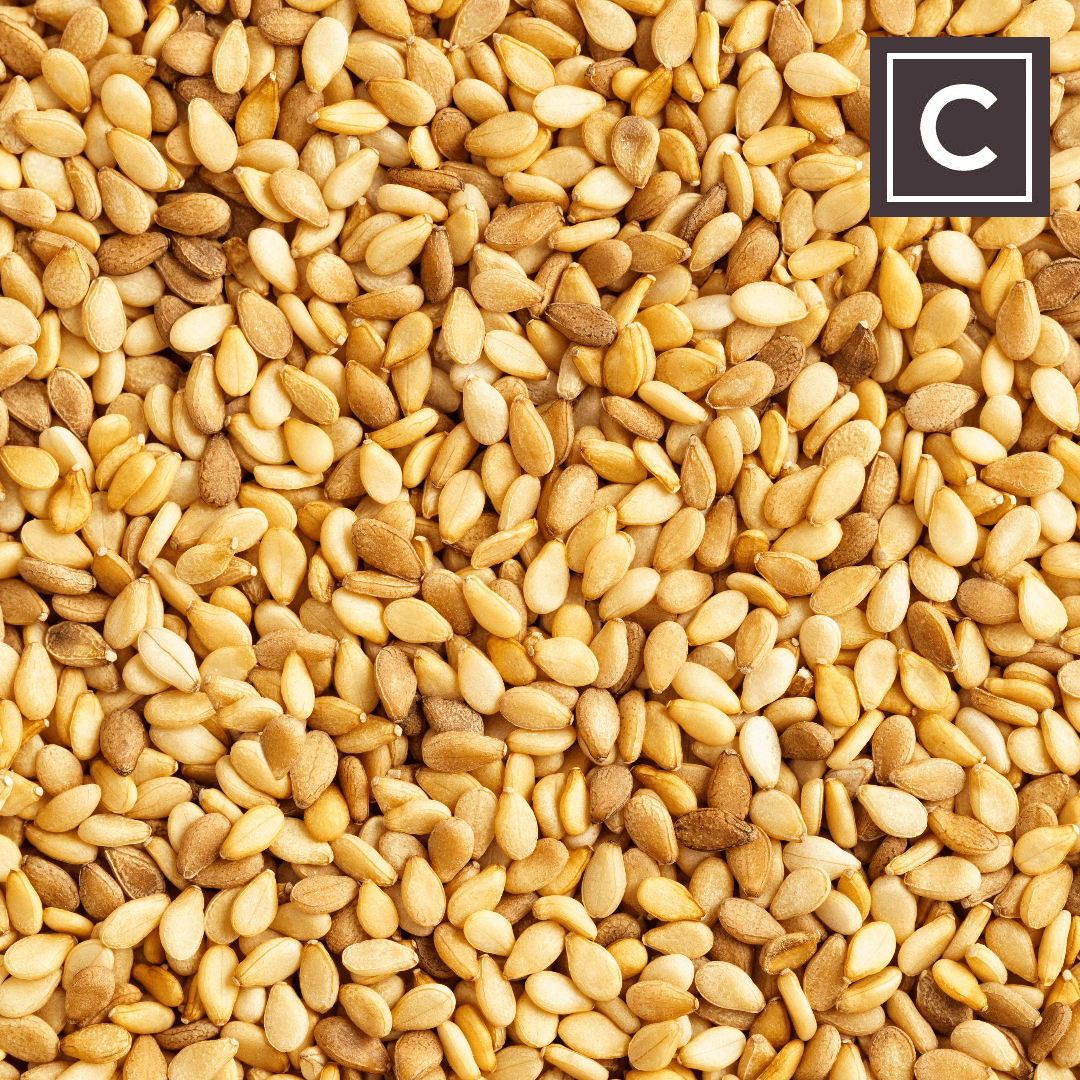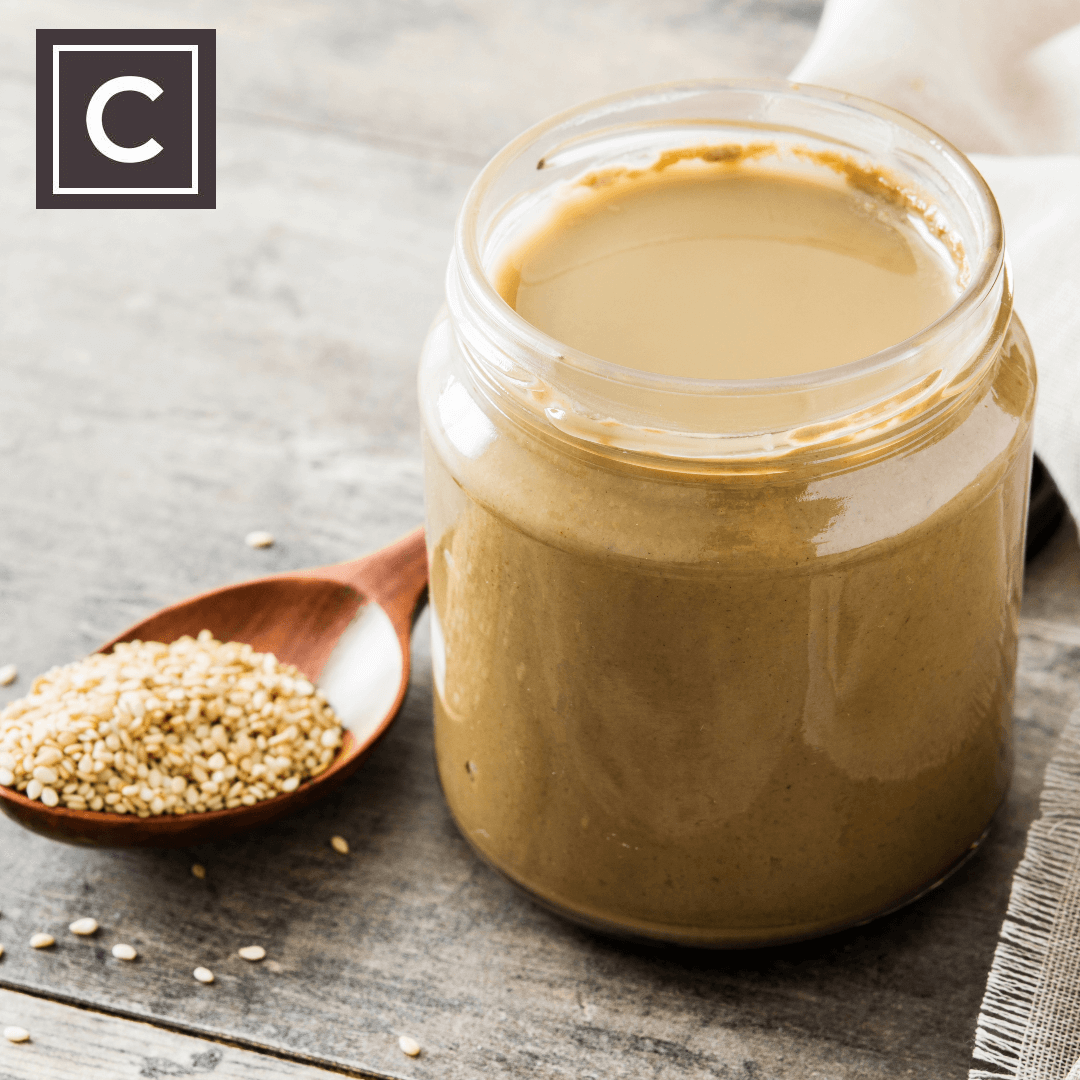Ingredient Glossary: Tahini
Posted by Emily on 1st Dec 2019 Reading Time:
Tahini, a paste crafted from ground sesame seeds, is more than a mere auxiliary ingredient; it stands tall as a sauce and condiment in its own right.
Often overshadowed by the likes of chickpeas in hummus or considered an optional extra in dishes like falafel or shawarma, tahini is, in fact, a pivotal component that transcends cultural and geographical lines. It's high time we celebrate this sesame-based essential for its varied uses and indomitable presence in the culinary world.
What Exactly is Tahini?
Tahini is simply a paste derived from ground sesame seeds. Originating from the dried pods of the sesamum indicum plant, sesame seeds are available in various hues, including black, tan, gold, and brown. The preferred variety for making tahini is often white sesame, mainly sourced from northern Ethiopia and known for its plumper seeds and higher oil content.
The Making of Tahini
The crux of tahini production lies in grinding. For a silky-smooth texture akin to the product found in vacuum-sealed tins, the manufacturing process may include additional steps such as soaking, hulling, and roasting the seeds. The seeds are enclosed in a robust yet thin outer bran, which imparts colour and a slightly bitter note to the paste if left intact.
Soaking the seeds renders the bran softer, thus facilitating its removal. The remaining kernels can then be roasted to amplify the inherent nutty aromas of the sesame seeds. Traditional tahini typically employs hulled, lightly roasted sesame, although some regions like Gaza are famed for their darker, more intensely roasted variants.
Something Savoury
A quintessential accompaniment to fish, meat, vegetables, shawarma, salads, and falafel, tahini is often diluted with a splash of lemon, water, and garlic for drizzling, becoming what's known as taratour. It provides the structural backbone to dips like hummus and baba ganoush and finds its way into other savoury spreads such as Turkey's teradot, a walnut-based paste, and some versions of Greece's garlicky skordalia.
In certain instances, tahini is permitted to shine in its glory. Creamy sesame-based soups like the Greek tahinosoupa or the West African benne soup offer all the sumptuousness of a chowder, sans dairy.
Something Sweet
Tahini's sweet applications are hardly a well-kept secret. Aside from its role in sesame halvah, it features prominently in regional pastries such as Armenia's tahinov hatz and Cyprus's dairy-free Lenten cake, tahinopita. A mixture of tahini with honey or fruit molasses serves as a popular breakfast or dessert item across the Middle East, offering a twist on the classic peanut butter and jam combination. Similar to other nut and seed butters, tahini lends a rich, creamy opulence to baked goods and sweets.
The Gift That Keeps on Giving
If there's a downside to tahini, it might be its slow rate of consumption - often, only a spoonful or two are used at a time, causing jars to languish in your pantry. But fear not. The relatively stable oils and high antioxidant content of sesame seeds ensure that tahini has a lengthy shelf life. While its longevity may vary depending on factors like roasting methods, it generally remains good for months, if not years. Expired tahini can be identified by its stale, musty aroma and noticeably bitter, off-taste.
By understanding its myriad uses, you'll come to see tahini as more than just an understudy; it's a culinary star deserving of its own spotlight.
Do you like what you have read about Tahini, then why not try our Homemade Heavenly Tahini Sauce recipe.



